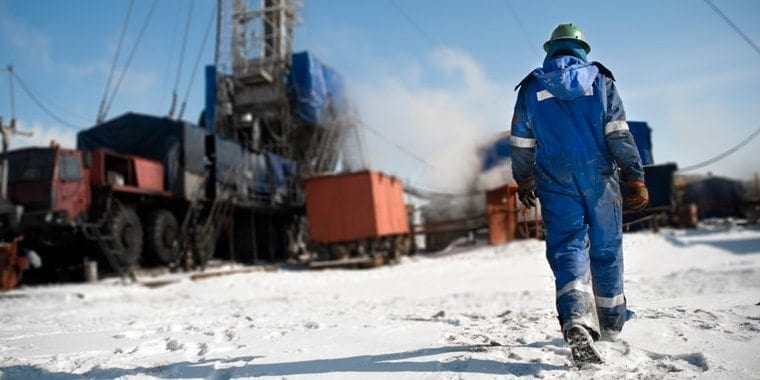
Environmental good practice guide emphasises commitment to improving arctic performance
“The oil and gas industry has operated in the Arctic for almost a century,” said John Campbell, OGP Technical Director and manager of the Environment Committee, which was responsible for the guide. “Recent proposals and plans for offshore exploration have focused new attention on prospective upstream Arctic operations; activity which could unlock a significant proportion of the world’s remaining undiscovered hydrocarbon reserves. Therefore, it was timely to produce a new report on environmental management in a region rightly regarded as sensitive.”
This new good practice guide, prepared by experts from some of the leading companies with Arctic interests, consolidates and updates two previous documents covering onshore activities (1993) and offshore (2002). The good practices featured in the report run the gamut from the earliest pre-bid risk assessments studies to decommissioning and restoration; taking in the essential phases of exploration and appraisal, and development and operations. It complements the Arctic offshore oil and gas guidelines of the Arctic Council (2009).
The geographic parameters covered include the 30 million square kilometres of the Arctic itself — onshore and offshore — as well as the sub-Arctic areas immediately south of the Arctic Circle.
In addition to setting out the business context for oil and exploration and development in the Arctic, the report has chapters covering people and governance, the physical and biological environment and specific environmental sensitivities to development. Also discussed are the interfaces between upstream activities and the environment — both natural and man-made — at every phase of the upstream lifecycle. Other chapters focus on risk management and the involvement of stakeholders and useful mitigation actions onshore and off. The concluding chapters provide references and other resources and appendices summarising the potential impacts of E&P operations and environmental protection measures.
“The report shows industry’s commitment to improving environmental and social performance wherever exploration and production take place,” John concluded. “This involves working closely with institutions and communities to ensure a common understanding of community needs and industry objectives.”
Copies of the new OGP report are freely available for downloading.
